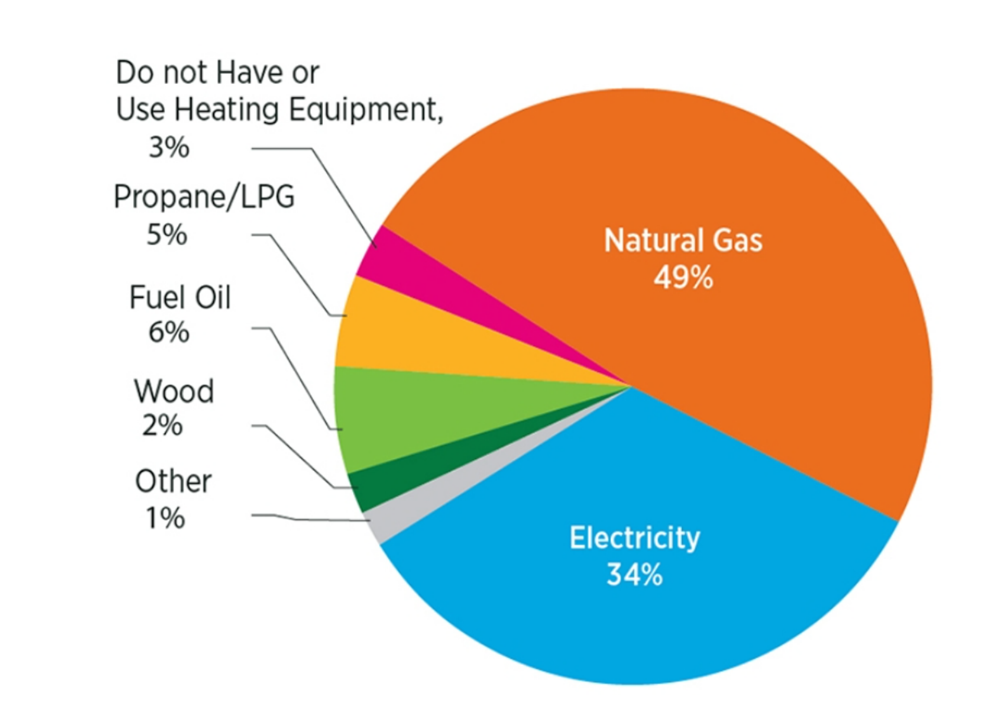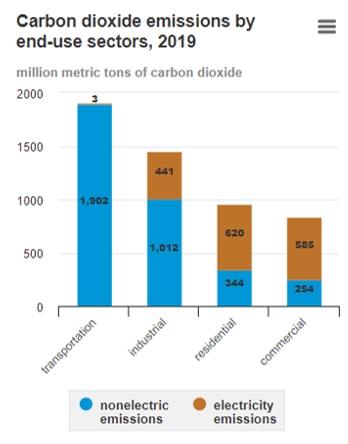
| Version | Summary | Created by | Modification | Content Size | Created at | Operation |
|---|---|---|---|---|---|---|
| 1 | PRAVEEN CHEEKATAMARLA | + 6082 word(s) | 6082 | 2021-12-28 03:56:36 | | | |
| 2 | Vicky Zhou | Meta information modification | 6082 | 2021-12-29 09:33:22 | | | | |
| 3 | Vicky Zhou | Meta information modification | 6082 | 2021-12-29 09:33:50 | | | | |
| 4 | Vicky Zhou | -4986 word(s) | 1096 | 2022-04-13 11:11:58 | | | | |
| 5 | Vicky Zhou | Meta information modification | 1096 | 2022-04-13 11:12:26 | | | | |
| 6 | Vicky Zhou | -1 word(s) | 1095 | 2022-04-18 10:36:07 | | |
Video Upload Options
Residential and commercial buildings are responsible for over 30% of global final energy consumption and accounts for ~40% of annual direct and indirect greenhouse gas emissions. Energy efficient and sustainable technologies are necessary to not only lower the energy footprint but also lower the environmental burden. Many proven and emerging technologies are being pursued to meet the ever-increasing energy demand. Catalytic science has a significant new role to play in helping address sustainable energy challenges, particularly in buildings, compared to transportation and industrial sectors. Thermally driven heat pumps, dehumidification, cogeneration, thermal energy storage, carbon capture and utilization, emissions suppression, waste-to-energy conversion, and corrosion prevention technologies can tap into the advantages of catalytic science in realizing the full potential of such approaches, quickly, efficiently, and reliably. Catalysts can help increase energy conversion efficiency in building related technologies but must utilize low cost, easily available and easy-to-manufacture materials for large scale deployment. This entry presents a comprehensive overview of the impact of each building technology area on energy demand and environmental burden, state-of-the-art of catalytic solutions, research, and development opportunities for catalysis in building technologies, while identifying requirements, opportunities, and challenges.
Energy plays a vital role in modern society; however, it is also responsible for greenhouse gas emissions. Global energy consumption is on the rise driven by economic and population growth. As shown in Figure 1, although renewables are expected to become the primary resource, fossil fuels continue to increase, given the global demand increase [1].


 Figure 3. U.S. household heating systems’ energy source [7].
Figure 3. U.S. household heating systems’ energy source [7].

References
- U.S. Energy Information Administration. EIA Projects Nearly 50% Increase in World Energy Use by 2050, Led by Growth in Renewables. Available online: https://www.eia.gov/todayinenergy/detail.php?id=49876 (accessed on 21 December 2021).
- U.S. Energy Information Administration. Global Primary Energy Consumption by Energy Source (2010–2050). Available online: https://www.eia.gov/todayinenergy/detail.php?id=41433 (accessed on 21 December 2021).
- International Energy Agency. Tracking Buildings. Available online: https://www.iea.org/reports/tracking-buildings-2020 (accessed on 21 December 2021).
- U.S. Energy Information Administration. How the United States Uses Energy. Available online: https://www.eia.gov/energyexplained/use-of-energy/ (accessed on 30 September 2021).
- U.S. Energy Information Administration. Residential Energy Consumption Survey (RECS). Available online: https://www.eia.gov/consumption/residential/ (accessed on 30 September 2021).
- U.S. Energy Information Administration. Commercial Buildings Energy Consumption Survey (CBECS). Available online: https://www.eia.gov/consumption/commercial/reports/ (accessed on 31 January 2021).
- U.S. Department of Energy. Home Heating Systems. Available online: https://www.energy.gov/energysaver/heat-and-cool/home-heating-systems (accessed on 28 February 2021).
- U.S. Energy Information Administration. Energy and the Environment Explained, Where Greenhouse Gases Come from. Available online: https://www.eia.gov/energyexplained/energy-and-the-environment/where-greenhouse-gases-come-from.php (accessed on 31 January 2021).
- Allen, J.G.; MacNaughton, P.; Satish, U.; Santanam, S.; Vallarino, J.; Spengler, J.D. Associations of cognitive function scores with carbon dioxide, ventilation, and volatile organic compound exposures in office workers: A controlled exposure study of green and conventional office environments. Environ. Health Perspect. 2016, 124, 805–812.
- Huang, K.; Sun, W.; Feng, G.; Wang, J.; Song, J. Indoor air quality analysis of 8 mechanically ventilated residential buildings in northeast China based on long-term monitoring. Sustain. Cities Soc. 2020, 54, 101947.
- Spiru, P.; Simona, P.L. A review on interactions between energy performance of the buildings, outdoor air pollution and the indoor air quality. Energy Procedia 2017, 128, 179–186.
- Ma, N.; Aviv, D.; Guo, H.; Braham, W.W. Measuring the right factors: A review of variables and models for thermal comfort and indoor air quality. Renew. Sustain. Energy Rev. 2021, 135, 110436.
- Cheekatamarla, P. Performance analysis of hybrid power configurations: Impact on primary energy intensity, carbon dioxide emissions, and life cycle costs. Int. J. Hydrog. Energy 2020, 45, 34089–34098.
- Cheekatamarla, P.; Abu-Heiba, A. A Comprehensive Review and Qualitative Analysis of Micro-Combined Heat and Power Modeling Approaches. Energies 2020, 13, 3581.




